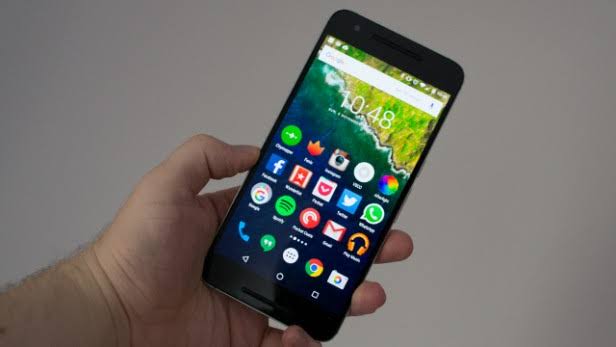Selling a phone is an almost essential step for those of us who like to change models from time to time, as a rule, this happens faster than many years ago, now the technology is running fast, and we also want to take advantage of the new features immediately. Before buying we must first sell a phone that we do not use, so as not to damage our pocket too much with the new investment and also to prevent it from aging in a drawer.
Page Contents:
However, it is not as simple as keeping it in the package and delivering it to the buyer. To get rid of a phone it is necessary to carry out a series of steps both to delimit our privacy, but also so as not to cause use problems subsequent to the person who bought the new device.
Delete the associated account
The first step is to keep in mind that from Android 5.1 Lollipop there is a protection system to prevent theft. What the system does is that it connects the phone to the Android account we entered, so the buyer, if we don’t avoid it, should enter the same account and the same access code.
One of the ways to avoid this problem is to delete the associated Google account (or the main account if we have several partners). A very simple process that only requires going to the “Settings” section and searching for the account management tab, as it may vary depending on the terminal we use.
For the test, I used a Galaxy Note 9 that I want to sell and this option is in the “Cloud and account” section. We choose the Google account we want to disconnect and proceed with the deletion. The phone will notify us that phone contacts and data will be lost, as well as device protection.
Enable OEM unlocking
If we do not want to do the previous step, we can always select an option such as “activate the OEM unlock“. For this reason, previously, we had to activate the “Options for developers”. Something we can do by clicking on “Build Number” (usually found in System Info) 7 times in a row until the phone tells us that these options have been activated.
Within the “Settings” another section appears with the title “Options for developers”. A field where you just have to touch if we know what we do and have the right minimal knowledge. Within it we look for the phrase “OEM Unlock”.
This is a possibility that has been enabled by the Android version Marshmallow 6.0. This allows the bootloader to be unlocked from the phone or tablet and therefore be able to run the root or install another ROM other than the version we find installed and, incidentally, the anti-theft protection is eliminated.
Restore to original values, to factory settings
Another option is to reset the phone to factory settings. We must keep in mind that both this step and the two previous ones eliminate all the information stored in the phone memory, but do not touch anything that we have in the microSD if our mobile offers this option.
In my case, after performing the two previous steps, I went back to the phone without configuring any section to make sure it was clean. And to get a security bonus, I went back to “Settings” and within this section, I searched for “Restore Factory Settings”. In my case, I didn’t make a backup, because I didn’t need it, but it can always be interesting if we don’t want to lose important information.
When we use the “Restore factory settings” option, the phone will automatically restart, eliminating any trace of information that it could store and returning to the initial configuration screen.
Encrypt the SD card
Another option, although I usually don’t use it, is to use the “Encrypt SD card” option. We can do this if we sell the phone together with the microSD card. The goal is to encrypt the data so that it is more difficult to access it and, once encrypted, format it from the same phone.
In this way and following these steps we leave our phone in optimal conditions to sell it or give it away. We check that the buyer does not have access to the data we have stored and thanks to this procedure we allow him to use it from the first day without any problem.




![Samsung Galaxy S8 “camera failure” error [Resolution Guide] Samsung Galaxy S8](https://techvaz.com/wp-content/uploads/2018/07/Samsung-Galaxy-S8.jpg)

